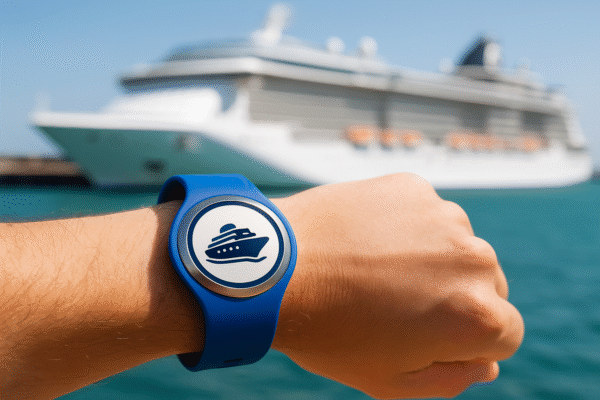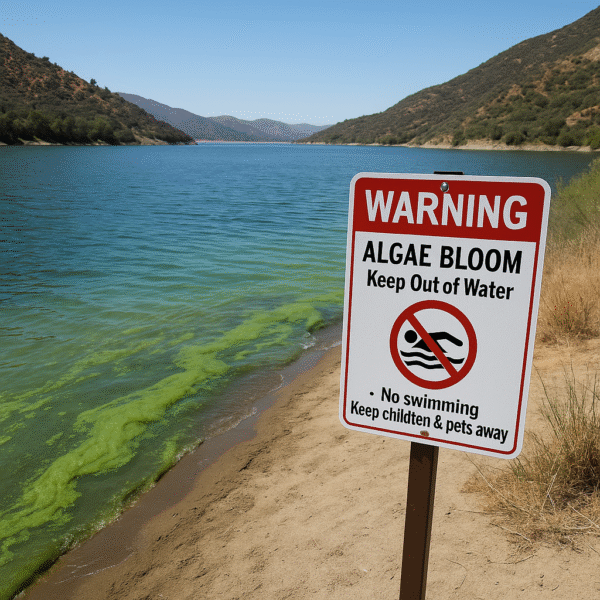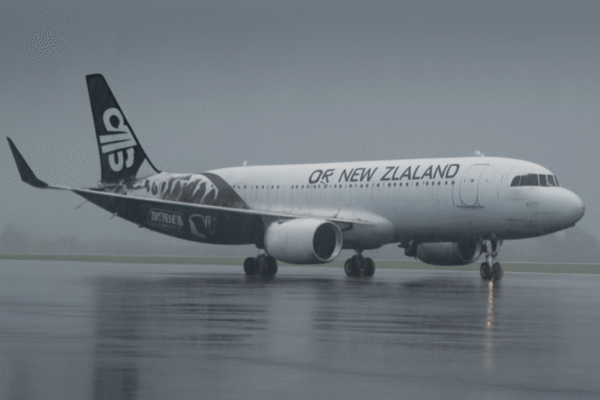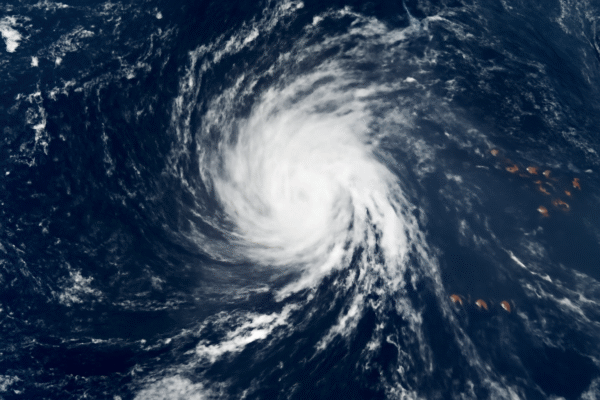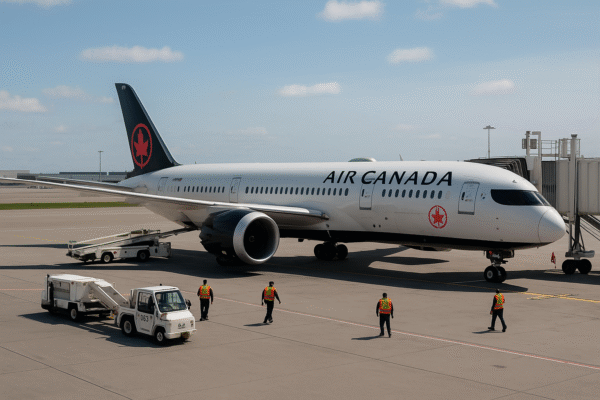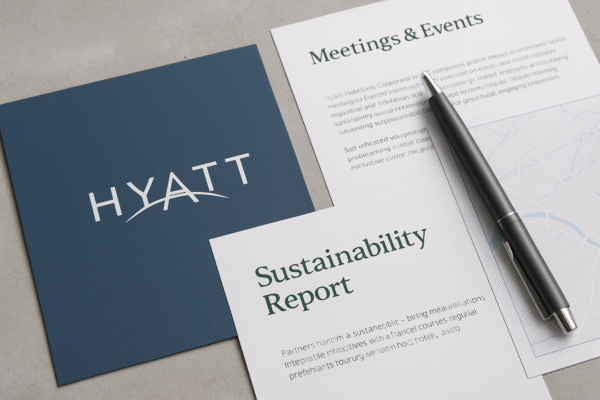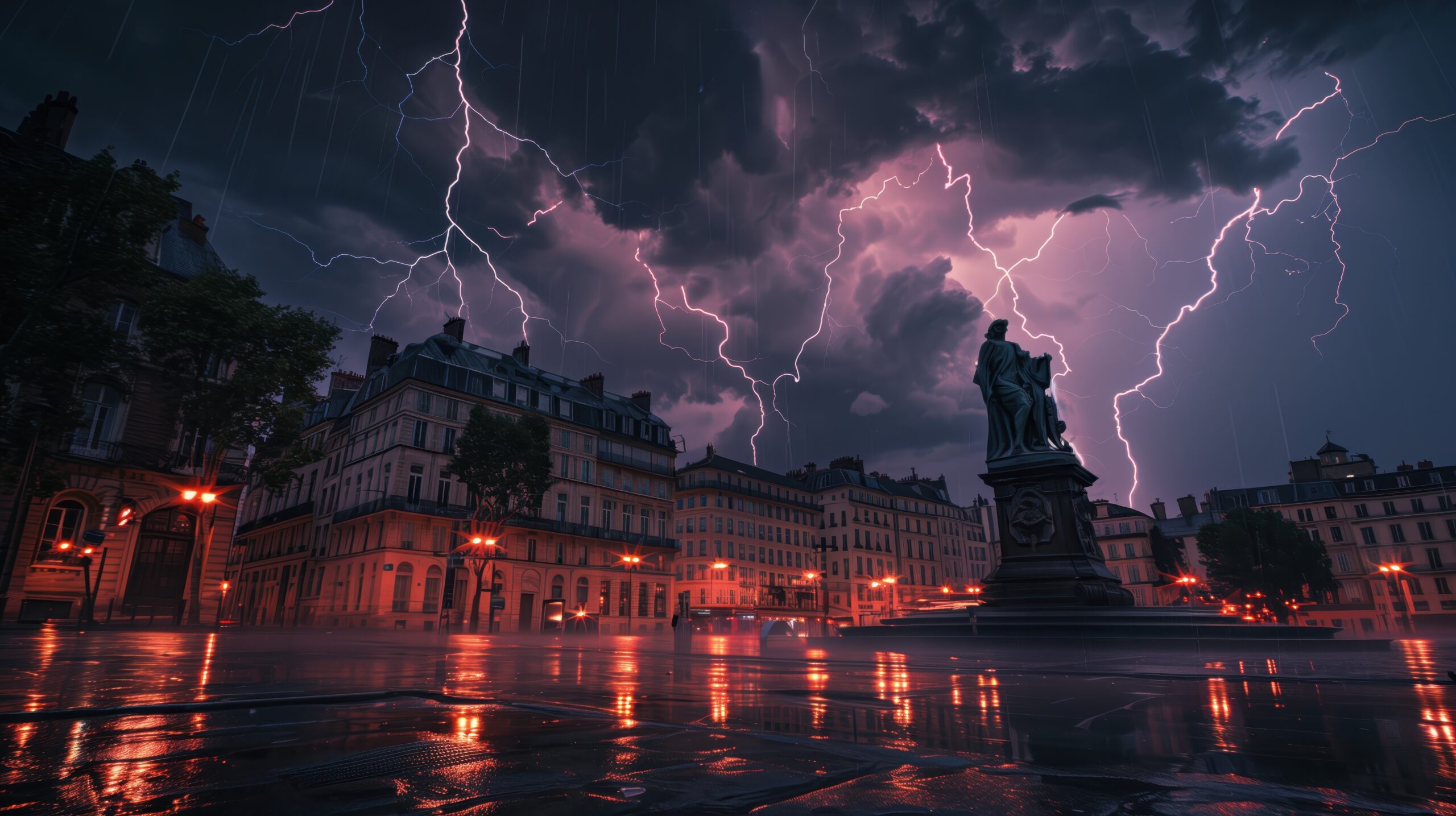As France enters the peak of summer, the country is facing a wave of extreme weather events that are severely impacting both local communities and international tourism. From deadly storms and flash floods to sweltering heatwaves, the combination of natural hazards is prompting widespread travel disruption and serious safety concerns across major cities such as Paris, Marseille, and Nice.
Fatalities and Damage from Thunderstorms and Floods
Severe thunderstorms swept across the country earlier this week, causing tragic fatalities and property damage. In Tarn-et-Garonne, a 12-year-old boy lost his life when powerful winds toppled a tree. Similarly, in Mayenne, a 59-year-old motorcyclist died after a falling tree struck him. With wind speeds recorded at over 110 km/h and torrential rains flooding streets, the events were described by Météo-France as among the most intense of the season.
The French capital, Paris, was hit hard. Streets were inundated by sudden downpours, leaving vehicles submerged and halting public transport. The Paris Metro faced closures at multiple stations due to flooding, while emergency services responded to dozens of weather-related incidents across the city.
Tourist hubs in southern and central France also bore the brunt. Regions like Occitanie and Provence-Alpes-Côte d’Azur saw flash floods, downed power lines, and widespread service interruptions. Power cuts affected thousands of homes and businesses, and road access was hampered in multiple departments.
Forecast Signals Prolonged Heat Across France
In the aftermath of the storms, weather forecasts indicate that much of France will now experience an intense and prolonged heatwave. Météo-France has issued yellow-level alerts for extreme heat and thunderstorms in several regions, including Île-de-France, Provence-Alpes-Côte d’Azur, and parts of Occitanie.
Paris is expected to reach 38°C by June 30 and may see temperatures soar past 39°C in early July. Similarly, Marseille and Nice are projected to endure consecutive days of highs above 33°C, with humidity making conditions feel even hotter.
The French Ministry of Health has reiterated warnings about heat-related illnesses, urging both residents and tourists to take necessary precautions, such as avoiding outdoor activities between 12 PM and 4 PM, staying hydrated, and using public cooling centers where available.
Travel Disruptions for Flights and Trains
The effects of this extreme weather are not limited to daily life—they are causing major disruption to France’s transportation networks. Paris Charles de Gaulle and Orly airports have reported delays and flight cancellations, primarily due to high winds and lightning. Airlines, including Air France, are advising travelers to check their flight status regularly.
Rail services have also been affected. The SNCF, France’s national railway operator, has warned of speed restrictions on key routes like Paris–Avignon and Lyon–Marseille to prevent rail warping from high temperatures. These changes may result in delays across popular tourist corridors.
For those arriving by train or plane, authorities recommend arriving early and being prepared for longer processing times due to heightened safety protocols and weather disruptions.
City-by-City Weather Overview
Paris (Île-de-France):
- June 26–July 2: Temperatures range from 27°C to 39°C. Thunderstorms expected on June 26, with sun and extreme heat dominating thereafter.
- Travel Advisory: Yellow warning for thunderstorms in effect. Avoid outdoor travel during midday hours.
Nice (Provence-Alpes-Côte d’Azur):
- June 26–July 2: Highs of 30°C to 34°C expected. Thunderstorms forecast for early July.
- Health Advisory: Risk of heatstroke high for vulnerable individuals. Tourists urged to limit physical exertion.
Marseille (Provence-Alpes-Côte d’Azur):
- June 26–July 2: Persistent highs around 33°C to 35°C. Yellow alert for thunderstorms and heat in effect until June 27.
- Tourism Impact: Outdoor tours, vineyard visits, and coastal excursions may be rescheduled or canceled.
Heatwave and Public Safety Measures
The French government has activated emergency protocols in high-risk departments. Cooling shelters have been established in public buildings including town halls, libraries, and transit stations. Local hospitals have also been placed on high alert, especially in areas expecting spikes in heat-related health emergencies.
Officials are reminding both locals and tourists to respect flood barriers, avoid swimming in unauthorized water bodies, and stay informed through Météo-France updates. Flash floods can rise quickly in urban areas, and even shallow waters can pose dangers.
Preparing for the New Climate Reality
As France and neighboring countries grapple with increasingly unpredictable weather, experts from the European Centre for Medium-Range Weather Forecasts (ECMWF) have pointed to climate change as a key driver of these anomalies. More frequent “heat domes,” the meteorological term for persistent high-pressure systems, are expected to become the norm across Western Europe.
France’s tourism infrastructure, already under pressure from seasonal crowds, now faces a dual challenge: adapting to climate realities while maintaining safety and comfort for millions of annual visitors. Tourism boards are actively collaborating with local governments to enhance real-time information flow and emergency preparedness during peak travel periods.
Final Recommendations for Travelers in France
- Check weather and airline updates daily.
- Carry water, sunscreen, and portable power banks.
- Avoid outdoor sightseeing during midday heat.
- Use metro or local buses early in the morning or after sunset.
- Heed all official safety alerts and travel advisories.
Conclusion
France’s tourism sector is once again facing the unpredictable wrath of nature—this time through a deadly mix of storms, floods, and scorching heat. While the allure of destinations like Paris, Nice, and Marseille remains strong, travelers must now approach their plans with heightened caution. With heatwaves set to persist and infrastructure stretched thin, a safe and well-informed journey has never been more essential.
For more travel news like this, keep reading Global Travel Wire


